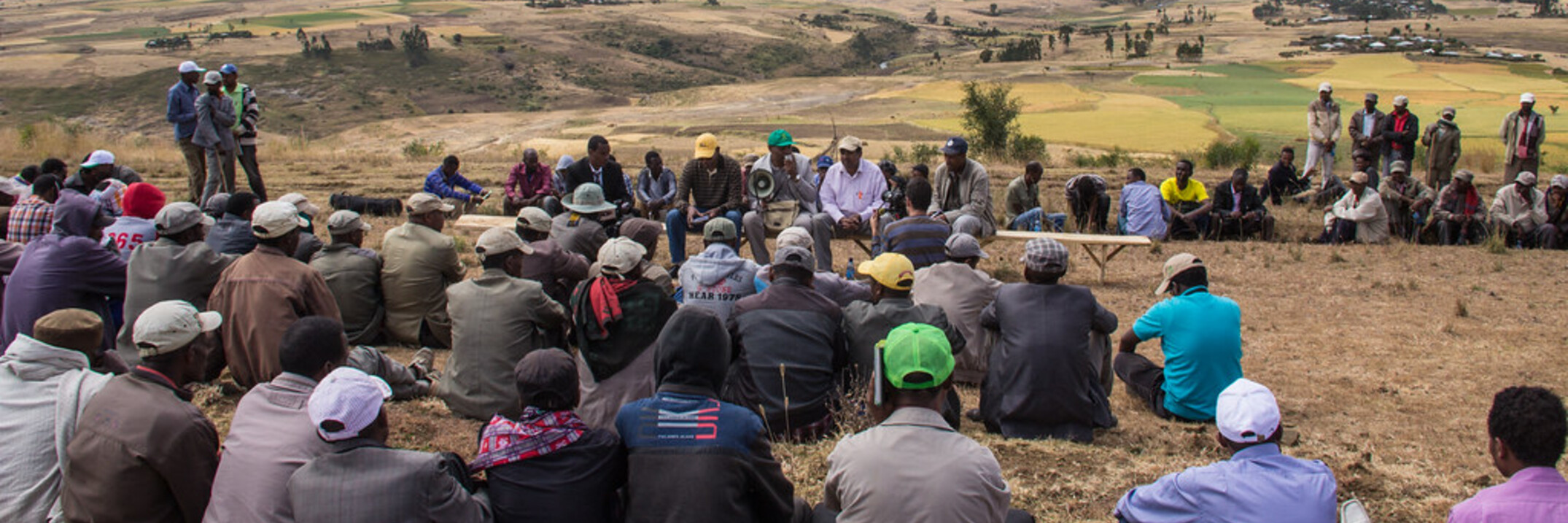Wild barley (Hordeum vulgare ssp. spontaneum) and landraces are important sources of resistance to biotic and abiotic stresses since they possess wide genetic diversity that may be missing in current elite varieties. In this study, we evaluated a set...


